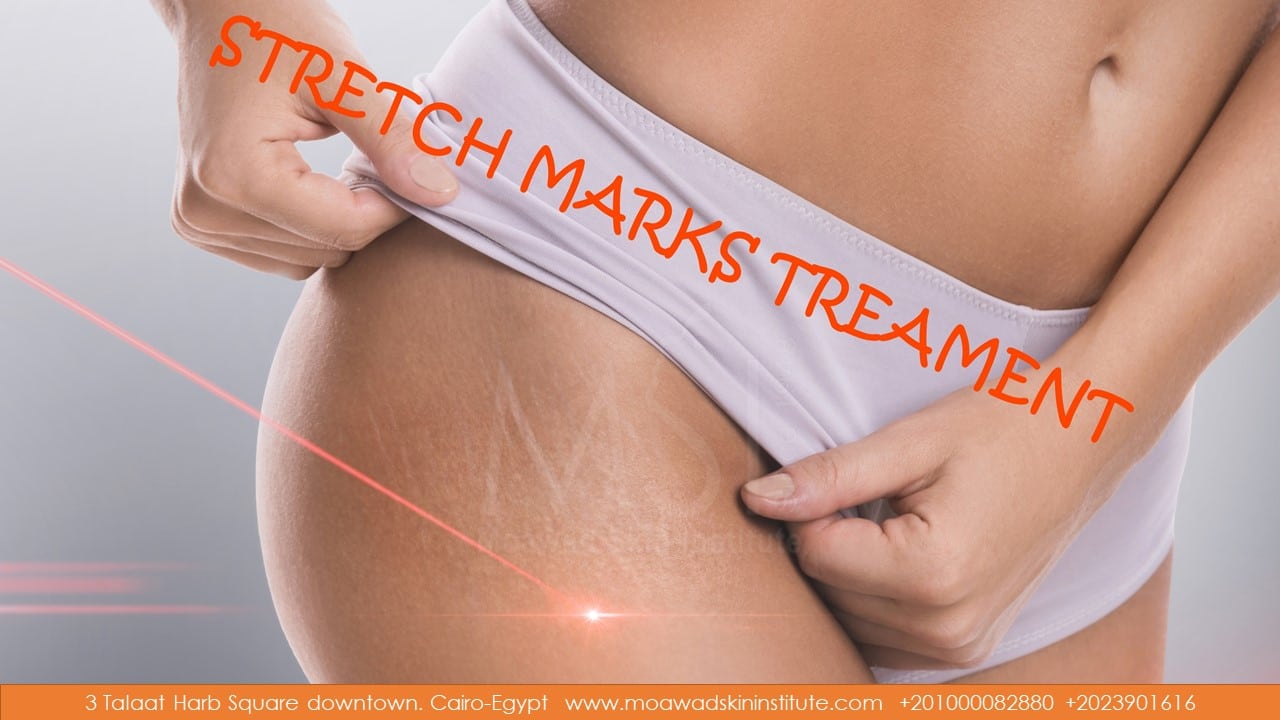Stretch Marks Treatment
Many things change after you have a baby: schedules, sleep time, and a sense of freedom, to name a few. Along with, there are many physical changes you’ll see. Chief among them is stretch marks. Stretch marks or striae are a form of scarring on the skin with an off-color hue. Stretch Marks are the result of the dermal tear, which over time may diminish, but will not disappear completely. Stretch marks are often the result of the rapid stretching of the skin associated with rapid growth or rapid weight changes. Stretch marks may also be influenced by hormonal changes associated with puberty, pregnancy, bodybuilding, hormonal replacement therapy, etc. Stretch marks formed during pregnancy, usually during the last trimester. It generally appears on the belly and commonly occurs on the breasts, thighs, hips, lower back, and buttocks. For the treatment of red stretch marks, clinicians may consider the PDL, 1,064-nm Nd: YAG laser, and 532-nm KTP laser, which would likely improve the redness (vascular component) of red stretch marks. Recently, several emerging treatment modalities, including fractionated micro-needling RF, ultrasound, and PRP and micro-needling, have reported good clinical improvement of stretch marks. Stretch marks prevention and treatment stay a clinical challenge. Physicians should set realistic expectations with patients seeking stretch marks treatment and informing patients that the appearance and texture of stretch marks may improve but will not completely resolve to be an integral part of setting these expectations.
